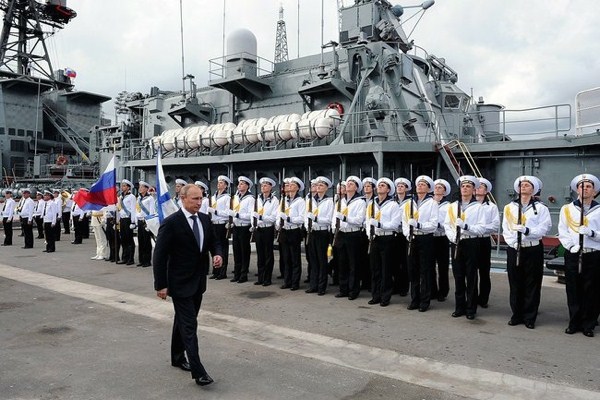Last week, Russian President Vladimir Putin approved a revised national military doctrine. The updated text aligns better with recent Russian government statements and policies than the previous version, issued in 2010. In particular, the new doctrine presents a lengthier list of threats while also recognizing Russia’s revived military capabilities.
The Russian Security Council directed the writing of a new doctrine in July 2013, well before the current crisis in Ukraine. The Council approved the new text on Dec. 19 and Putin signed it one week later. The document was then posted on the Kremlin website. This iteration is the fourth since the collapse of the Soviet Union in 1991; the earlier versions date from 1993, 2000 and 2010.
More so than the earlier versions, the new doctrine describes NATO as a major national security threat to Russia, citing five ways. First, the alliance is building its military power vertically. Second, NATO is moving more military infrastructure horizontally closer to Russia. Third, the alliance is seeking to expand its membership within Russia’s neighborhood. Fourth, the doctrine charges NATO with striving for “global functions” in “violation of international law.” Finally, the alliance is allegedly seeking to overthrow governments friendly to Moscow in order to replace them with anti-Russian leaders.

